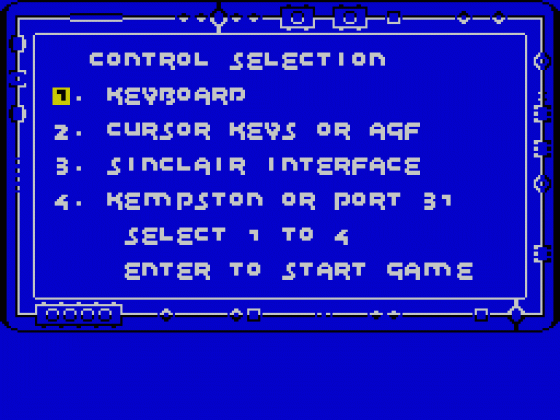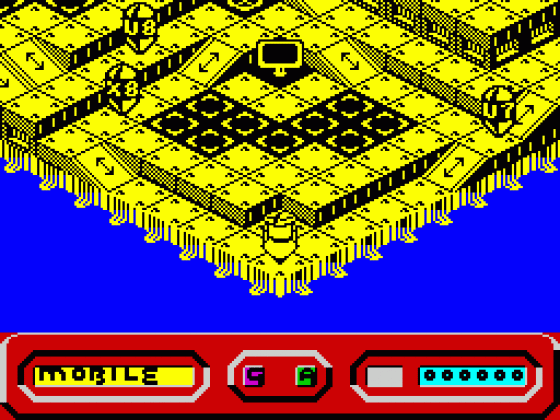Other Reviews Of Quazatron For The Spectrum 48K
Quazatron (Hewson)
A review by (Crash)
Quazatron (Hewson)
A review by Phil South (Your Sinclair)
Quazatron (Hewson)
Hewson's new Droidathon sparks off the superlatives
Quazatron (Hewson)
A review
The Spectrum Collection: Update
One year on from the Spectrum Collection, Tony Hetherington picks the best Spectrum games
Quazatron (Hewson Consultants)
A review


 12th March 1986
12th March 1986




















